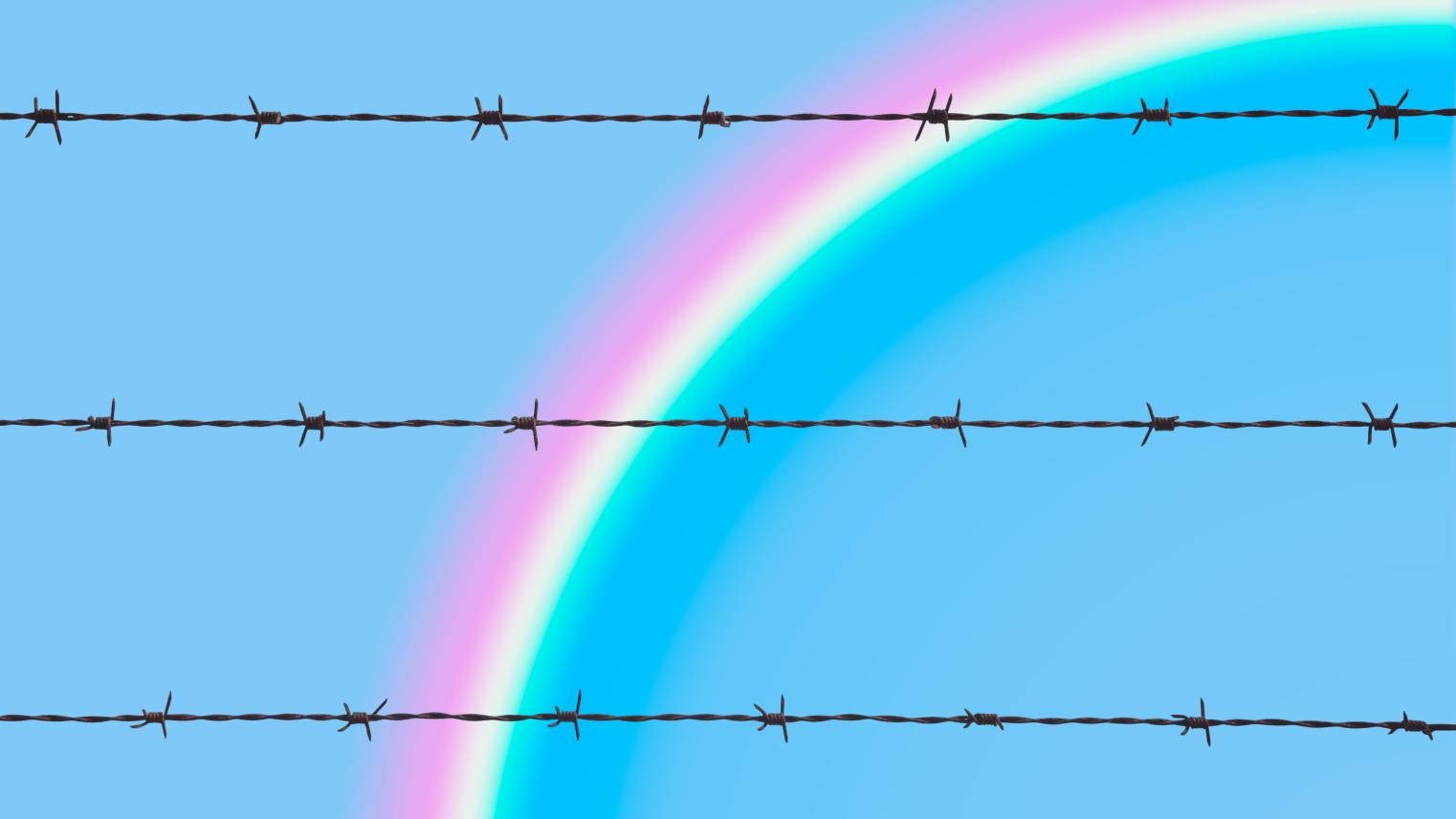The Colors of Intervention: Mapping the World, Shaping Resistance

Recently Professor Nicolas Lemay-Hébert presented his ‘colourful’ research on the mapping of security risk assessment as a global practice, using a range of case studies - from Kenya to Haiti and Afghanistan.
Professor Lemay-Hébert is Director of Research in the Department of International Relations in the Coral Bell School of Asia Pacific Affairs, and his presentation was the second in a series of Professorial Lectures convened by the Dean of the ANU College of Asia and the Pacific.
A highly specialised and motivated member of the College, Nicolas is passionate about state-building and intervention issues in Asia and the Pacific and the mapping practices of organisations such as the United Nations and NATO.
His research interests include peace and conflict studies, broadly speaking, and state-building and humanitarian interventions in particular.
Through his ARC research project, he's trying to understand the mapping processes of interventionary groups our actors, how they asses the different places where they are operating, and how those security assessments of safe or non-safe zones can impact on the local populations who live and work there.
These determinations - of red zones, yellow zones, green zones - these maps produce their own realities. These mapping practices have direct ramifications for the people residing in the region.
Security zones – and the security regulations that come with them – are an integral part of all interventions, shaping local, everyday life both for the host population and for international expatriates.
Many UN missions use security maps to define which areas are considered to be secure and which are considered to be off-bounds for their own personnel. These zones acquire – or are given – specific colours to denote certain risks in, or the particularities of, the areas. Color-coding has been used – and continued to be used – in many different UN interventions, including
- in Afghanistan and Iraq (‘green zones’ as secure zones for the government and the international community and adjacent ‘red zones’)
- in Somalia (‘green zone’ or ‘white zone’ – also known as Halane – seen as a secure zone for the government and the international community)
- in South Sudan and Kenya (‘blue zones’ as a location approved by UN security authorities for staff to reside)
- in the Central African Republic and the Democratic Republic of the Congo (‘red zones’ or areas or unrest)
- and in Haiti (‘yellow zone’ and ‘red zone’ as restricted areas for international personnel and ‘green zone’ as the preferred area of stay for international workers).
Using colours for security risk assessment also adds a very specific and emotive dimension to security mapping, reflecting specific colour symbolisms and ‘imprinting’ these on cities and spaces, embedding a range of practices, responses, and assumptions into the everyday lives of both international and host populations.
Originally from Canada, Nicolas was drawn to the College by its reputation as a leader in the Asia-Pacific region and the diverse range of academics it attracts.
"It's great to be able to work with colleagues who are really that dynamic and bring so much insight." - Nicolas Lemay-Hébert.
Below you can view a short 2 minute video, and the full professorial lecture.